Author’s Note: I write my own blogs. That’s unusual. Blogs are often authored by a service and then reposted, especially in IT, or written by AI from a few key words. Instead, I choose the topics that might be of most interest to our clients and write to them – to you – directly, in my own words. While it does take a little more time to write my own content, it does mean that we are well versed in the subjects I send to you. So, please always feel free to reach out to me if you have any questions or comments about anything I write, including any topics you’d like to learn more about. Thank you. – Robert Hood
SpotLink® has been providing IT services for nearly 25 years, and I have been involved in technology systems management since the early 80s. Obviously, we’ve seen a big shift in what support is needed, and how it is provided.
On the needs side, 10 years ago even a small business found it hard to be without IT support, as almost all businesses had servers, viruses were more problematic, and computer hardware was not as reliable then. The shift to cloud computing has really changed that. Most small businesses that run a vanilla operation can operate with much less IT support, especially once they are set up and going.
Bigger businesses have not been so lucky. Certainly, cloud computing has reduced the number of on-premises servers and the related support, but the combination of complexities of setting up and managing AWS, Azure or Google cloud services, and the increased need and complexities of both the depth and breadth of cybersecurity have outstripped the savings from the shift to cloud services.
These changes are continuing. Tablets and even smart phones will continue to replace full computers, especially for data consumers, although it is unclear in the tablet market if the android/iPad or Microsoft Surface/Go platform will win out as the business platform of choice. Also, the Microsoft push to more cloud PCs will save businesses the capital costs of buying new computers, and will lower the operating costs, but that savings will partially be offset by the need for professional management of those cloud PCs, which use a shared architecture. On the Cyber Security side, the shift to ZTNA (Zero Trust Network Architecture – click https://www.spotlink.com/blog/best-remote-access to see last month’s newsletter on ZTNA) will be disruptive, but once established, the complexities of maintaining Cyber Security may go down but will still require professional management. AI is another big wild card here. AI is still in its infancy, and now primarily focused around language models, but it will expand to ever increasing other areas (but that’s a topic for another time).
On the supply side, there has also been a major shift in how IT Services are delivered to small businesses. Many may be unaware of that shift, most of which has happened since the Pandemic. Since then, the industry has seen a major consolidation effort. Whereas in 2018, approximately 97% of IT businesses had 1 office, today probably close to a third of all IT businesses are part of a multi-location firm.
One of the popular acquisition models now is to buy a business but keep the local name, so it might not even be obvious when local IT firm is acquired. By contrast, many of the attempts at IT franchising, where a business is independently owned but shares a national name, have not really been successful.
In line with this consolidation, it is becoming more difficult and expensive for small IT shops to start up. IT support is dominated by IT service tools – monitoring, remote management, ticket system, cyber security portals, etc. It is almost impossible to provide any caliber of quality IT support without these tools. As the small shops are acquired by larger conglomerates, the pricing of these tools have become more expensive for the remaining small shops. Likewise, partnerships with key players such as Microsoft are based solely on growth, making it difficult for those small shops to stay qualified as partners if they aren’t growing or acquiring other IT businesses.
It is likely that this trend will continue and increasingly push out the small 1-to-3-man shops as they will not have access to the tools to perform the minimum expectations. Likewise, as has happened with the large technology companies (e.g. Microsoft, Google, Amazon, Dell, etc.), small business owners should expect less influence on their IT provider and likely higher prices. For businesses that are OK with a cookie cutter approach, this may not be a negative change. But it will be increasingly hard for a company to find an IT support provider that will give individualized, personal support.
At SpotLink®, for nearly 25 years, we have been committed to providing personal, quality IT support at competitive prices, and we are committed to continuing that as we navigate and respond to the changing market in partnership with our clients. If we’re not currently working together and you would like to hear more about our story and the full breadth of our IT services, please give us a call.
Robert Hood
CEO & Founder
SpotLink®

